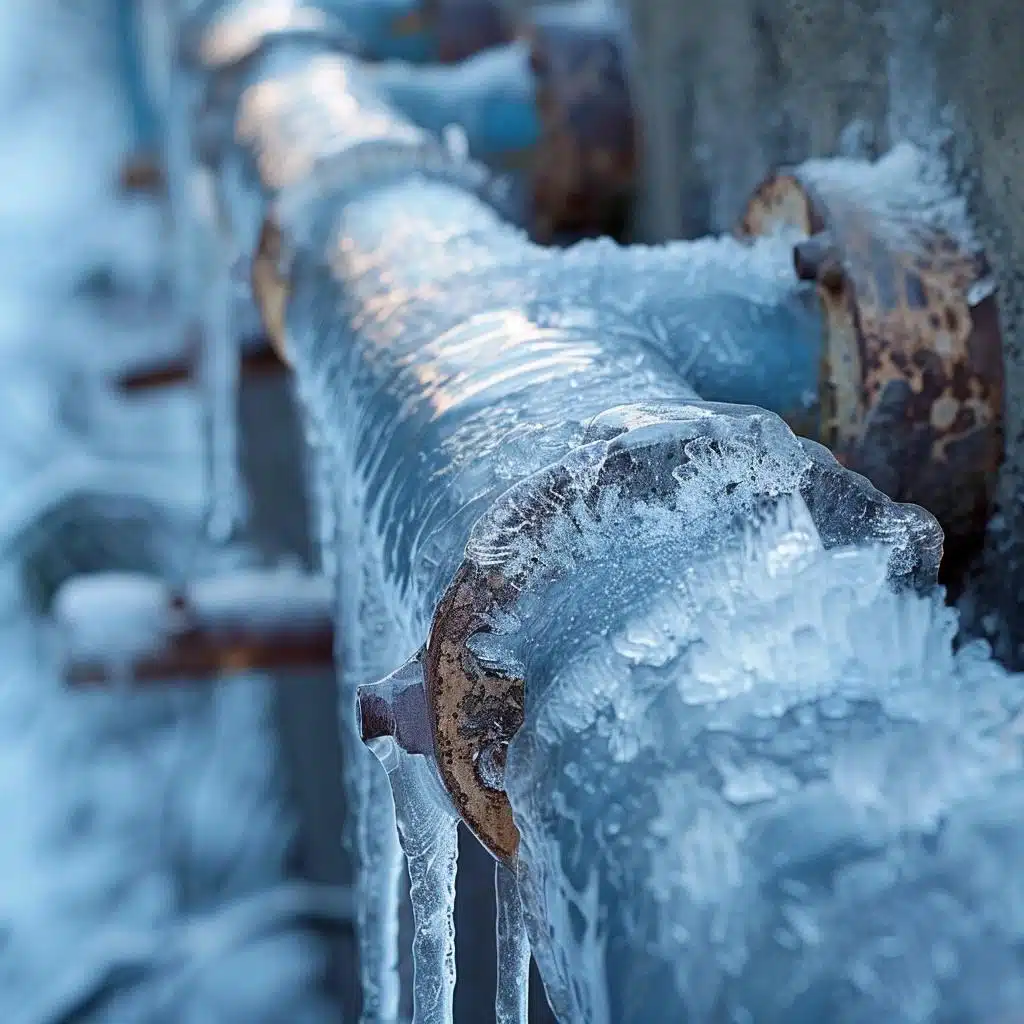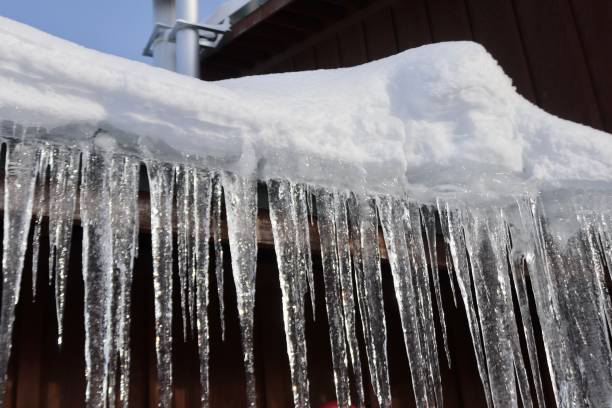Protecting Pipes from Cold Weather Damage: Key Strategies
Protecting Pipes from Cold Weather Damage: Key Strategies
Blog Article
Listed here underneath you can discover additional great points in regards to Preventing and dealing with frozen pipes.

Winter can damage your pipes, especially by freezing pipes. Here's how to avoid it from happening and what to do if it does.
Introduction
As temperatures decrease, the risk of frozen pipes boosts, potentially leading to expensive repair work and water damages. Understanding exactly how to prevent icy pipelines is crucial for property owners in chilly climates.
Recognizing Icy Pipelines
What creates pipelines to freeze?
Pipes freeze when exposed to temperature levels below 32 ° F (0 ° C) for expanded periods. As water inside the pipelines freezes, it increases, taxing the pipeline wall surfaces and possibly causing them to rupture.
Risks and damages
Icy pipelines can bring about supply of water interruptions, building damage, and pricey repairs. Ruptured pipes can flood homes and cause extensive architectural damages.
Indications of Frozen Pipeline
Determining frozen pipelines early can prevent them from breaking.
Just how to determine frozen pipelines
Try to find decreased water circulation from faucets, uncommon smells or sounds from pipes, and noticeable frost on subjected pipelines.
Prevention Tips
Shielding prone pipes
Cover pipelines in insulation sleeves or make use of warm tape to shield them from freezing temperatures. Focus on pipelines in unheated or external areas of the home.
Home heating techniques
Maintain interior areas sufficiently heated up, especially areas with plumbing. Open up closet doors to allow warm air to distribute around pipelines under sinks.
Shielding Outdoor Pipes
Yard hoses and outdoor faucets
Disconnect and drain garden hose pipes prior to winter months. Mount frost-proof faucets or cover outdoor faucets with insulated caps.
What to Do If Your Pipes Freeze
Immediate activities to take
If you suspect icy pipelines, maintain faucets open to alleviate stress as the ice thaws. Utilize a hairdryer or towels soaked in warm water to thaw pipelines slowly.
Long-Term Solutions
Architectural changes
Think about rerouting pipes away from outside walls or unheated locations. Include extra insulation to attic rooms, basements, and crawl spaces.
Updating insulation
Invest in high-quality insulation for pipes, attic rooms, and walls. Appropriate insulation aids preserve regular temperatures and minimizes the risk of frozen pipelines.
Final thought
Stopping frozen pipelines calls for proactive steps and quick actions. By recognizing the reasons, indicators, and safety nets, home owners can shield their pipes during cold weather.
5 Ways to Prevent Frozen Pipes
Drain Outdoor Faucets and Disconnect Hoses
First, close the shut-off valve that controls the flow of water in the pipe to your outdoor faucet. Then, head outside to disconnect and drain your hose and open the outdoor faucet to allow the water to completely drain out of the line. Turn off the faucet when done. Finally, head back to the shut-off valve and drain the remaining water inside the pipe into a bucket or container. Additionally, if you have a home irrigation system, you should consider hiring an expert to clear the system of water each year.
Insulate Pipes
One of the best and most cost-effective methods for preventing frozen water pipes is to wrap your pipes with insulation. This is especially important for areas in your home that aren’t exposed to heat, such as an attic. We suggest using foam sleeves, which can typically be found at your local hardware store.
Keep Heat Running at 65
Your pipes are located inside your walls, and the temperature there is much colder than the rest of the house. To prevent your pipes from freezing, The Insurance Information Institute suggests that you keep your home heated to at least 65 degrees, even when traveling. You may want to invest in smart devices that can keep an eye on the temperature in your home while you’re away.
Leave Water Dripping
Moving water — even a small trickle — can prevent ice from forming inside your pipes. When freezing temps are imminent, start a drip of water from all faucets that serve exposed pipes. Leaving a few faucets running will also help relieve pressure inside the pipes and help prevent a rupture if the water inside freezes.
Open Cupboard Doors
Warm your kitchen and bathroom pipes by opening cupboards and vanities. You should also leave your interior doors ajar to help warm air circulate evenly throughout your home.

We hope you liked our part on Helpful Tips to Prevent Frozen Pipes this Winter. Thank you so much for taking time to browse our article. In case you enjoyed our blog post plz make sure you remember to share it. Many thanks for your time spent reading it.
Book Report this page